We’re back from our vacation, but I have some more photos to share before I finish up this unplanned series on hotel doors. As I mentioned in an earlier post, our hotel was a series of buildings connected by propped open, non-latching, damaged doors which were originally fire rated (as indicated by the painted labels). Based on the condition of the doors, particularly the top hinges, I’m going to make the educated guess that these doors used to be operable, until the facility experienced trouble with the top hinges.
The top hinge takes a lot of the force during the operation of the door, and none of these doors have door stops, which can exacerbate the problem. On a tour through the two floors of the hotel I found ONE operational door. The hotel was renovated in 2004, and it looks to me like this problem dates back many years, so I can’t imagine why nobody pointed it out during the inspections after the renovation or any periodic inspections since.
I have never seen such a collection of creative methods of “fixing” this problem, so I thought some of you would enjoy them too. Now that I think about it, “enjoy” is an odd word to use here, isn’t it? The amazing thing is…if the guest room furniture, bathrooms, or carpet were in the same shape as these doors, this hotel would lose business. But the hotel has renovated and upgraded all of the finishes and furnishings, and nobody notices the doors except a few of us who have the impossible task of getting anyone else to care. Oh well, I’ve got another 20+ years before I retire to work on it.
You need to login or register to bookmark/favorite this content.

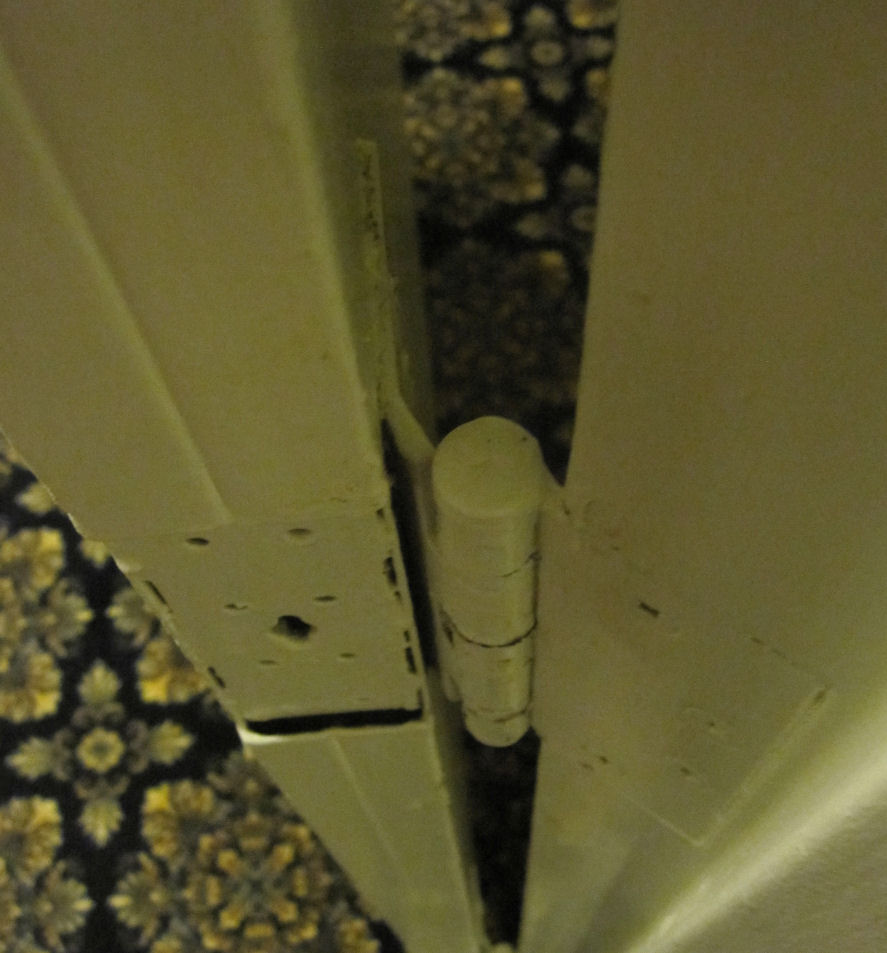
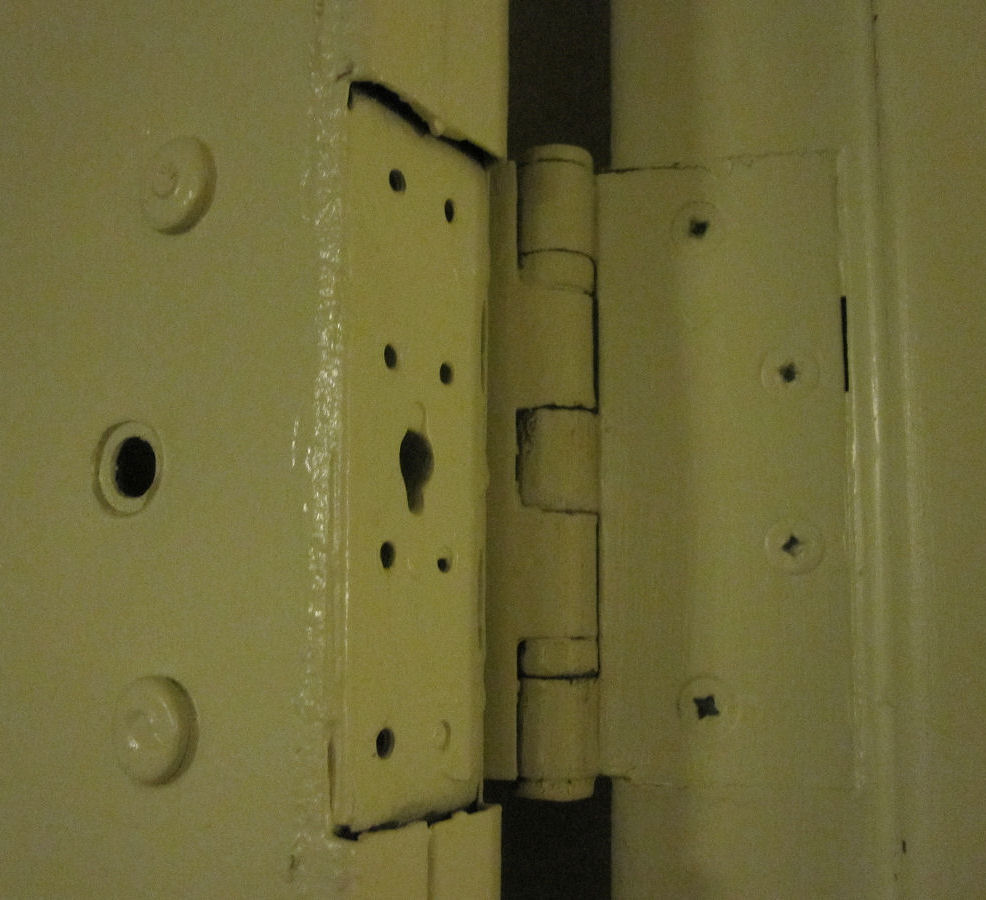
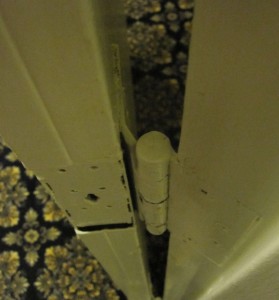
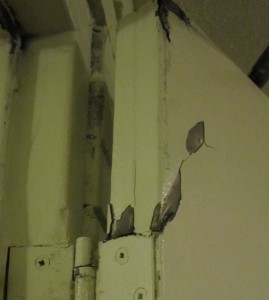
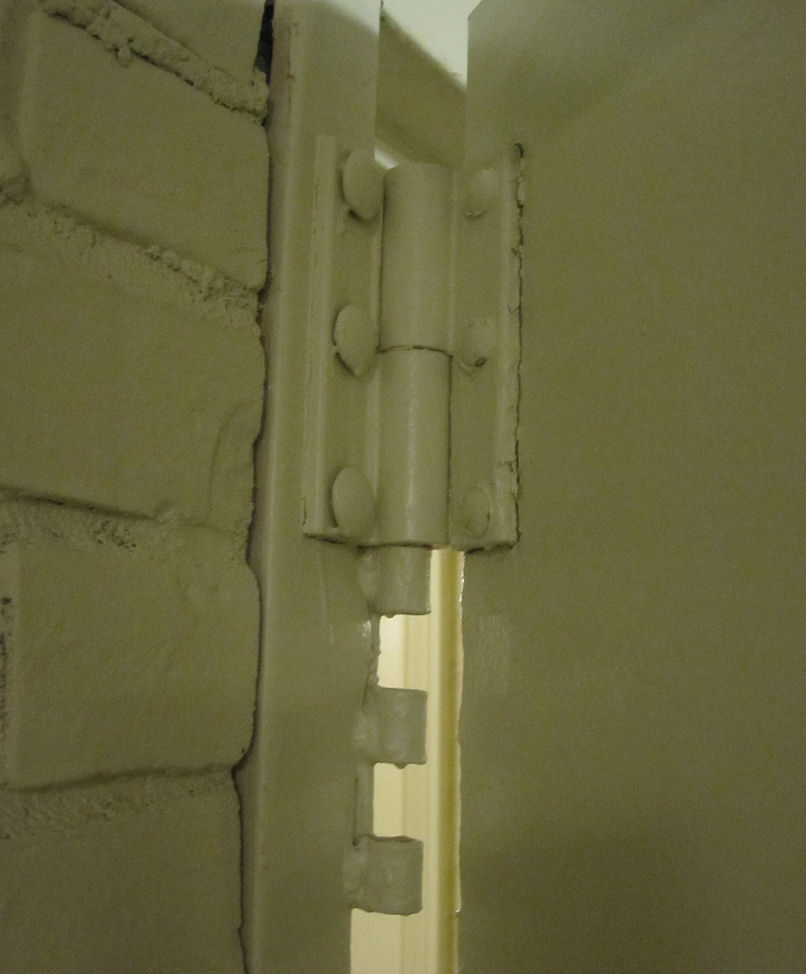
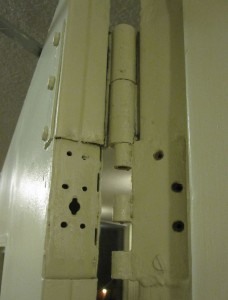






The ahj may not do annual inspections there, or they may not get any backing on enforcing violations, or they may not know the code, or conditions have been blessed by somebody
All true, but the beauty of the NFPA 80 requirements for annual inspection of fire doors is that the AHJ doesn’t have to look at the doors…the building owner is responsible for either inspecting and documenting the condition of the doors themselves (if they have someone who is knowledgeable about fire doors) or the building owner has to have a fire door inspector come in. The AHJ only has to review the documentation just as he/she would look at the other types of documentation (sprinkler, boiler, fire extinguisher, etc.). The problem in Mass is that the 2007 edition of NFPA 80 is referenced by our building code, but not by the fire code.
I like those SERIOUS through bolts that go clear through the frame.